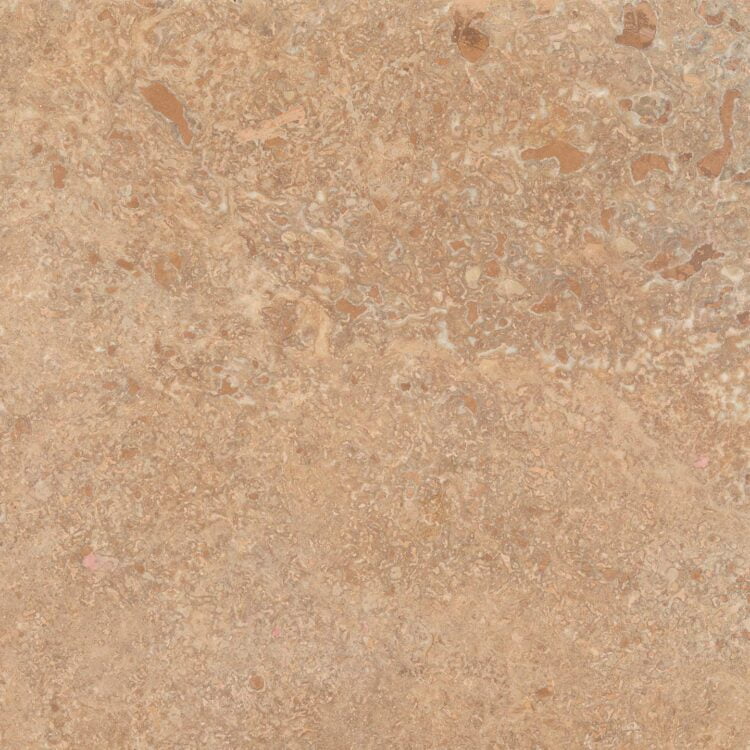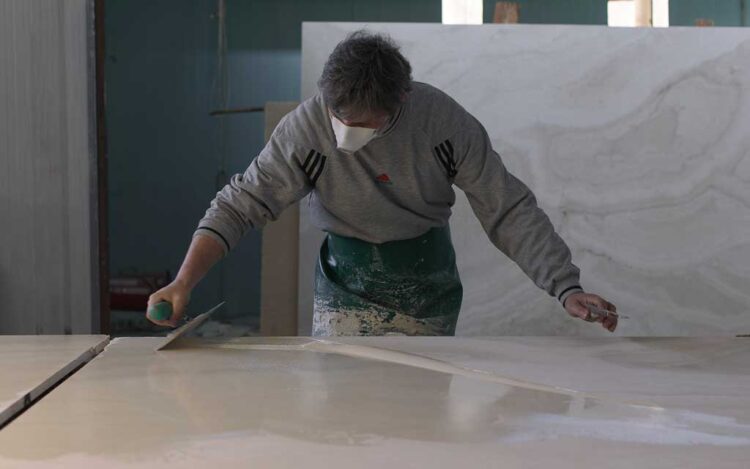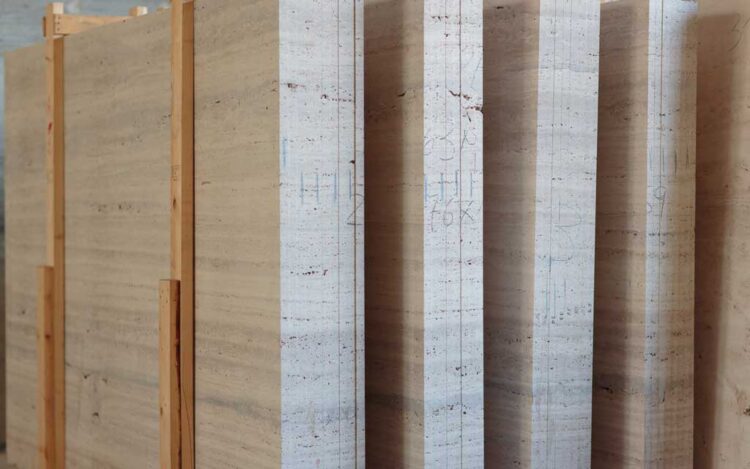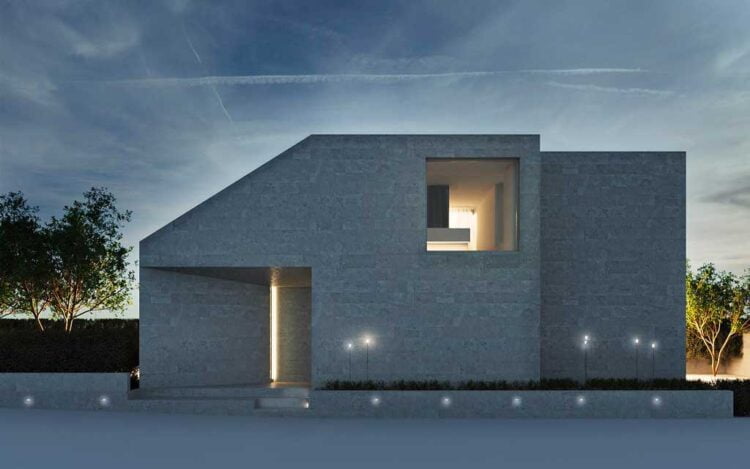Noce D Cross Cut Roman Travertine
Material: Roman Travertine
Origin: Tivoli, Italy
Availability: Blocks, Slabs, Cut to size
Suggested finishes:
saw cut, honed and stone color filled, honed and unfilled, brushed and unfilled, brushed and stone color filled, tumbled
Suggested processing:
stone profiles, mosaics and patterns
General description
With its captivating warm tones Travertine Noce D cross cut evokes the bright colors of the earth: light brown tonalities on the background enriched by dark notes. Its tones ensure an intimate and velvety atmosphere. The warmest of all Roman Travertines, Noce D draws peace and comfort.
A natural stone with a strong personality: warm and welcoming, it lends itself perfectly to indoor and outdoor environments. As a cross cut with a uniform background, many architects and interior designers consider it perfect for mixing and matching with other natural stones. Travertine Noce D Cross cut adds a high-end touch to any flooring and cladding project.
The unique features of Roman Travertine – resistance, durability, versatility, delicate shape – were praised already in ancient Rome, and our quarry in Tivoli supplied with the construction material for many of worldwide famous monuments in Rome: Colosseum, Vatican’s colonnades, Theater of Marcellus, and many more.
Our traditional Noce D cross cut is unfinished, ready to be finished on site. It may be aged, and express a vintage look and informal style through the tumbled finish. It is an ideal building material for restorations, renovations or new build spaces and busy family lives. For a more classy and modern feel, it can be honed or polished making it simple, elegant, and perfect for classic contemporary interiors of all styles.
Technical Specifications Roman Travertine Noce
1) Flexural strength (UNI EN 12372)
1a) Load perpendicular to asiontropic planes
| Mean Fleaxural Strength | Standard deviation |
| 12,5MPa | 1,8Mpa |
1b) Load perpendicular to corners of asiontropic planes
| Mean Fleaxural Strength | Standard deviation |
| 13,1MPa | 2,0Mpa |
2) Freeze-thaw resistance (UNI EN 12371)
2a) Load perpendicular to asiontropic planes
| Mean Fleaxural Strength | Standard deviation |
| 8,3MPa | 0,9Mpa |
2b) Load perpendicular to corners of asiontropic planes
| Mean Fleaxural Strength | Standard deviation |
| 9,2MPa | 1,7Mpa |
3) Slip Resistance (UNI EN 1341)
| Mean Slip Resistance, Single Sample |
| 63 |
4) Abrasion Resistance (UNI EN 1341)
| Mean Abrasion Resistance |
| 21,4 |





